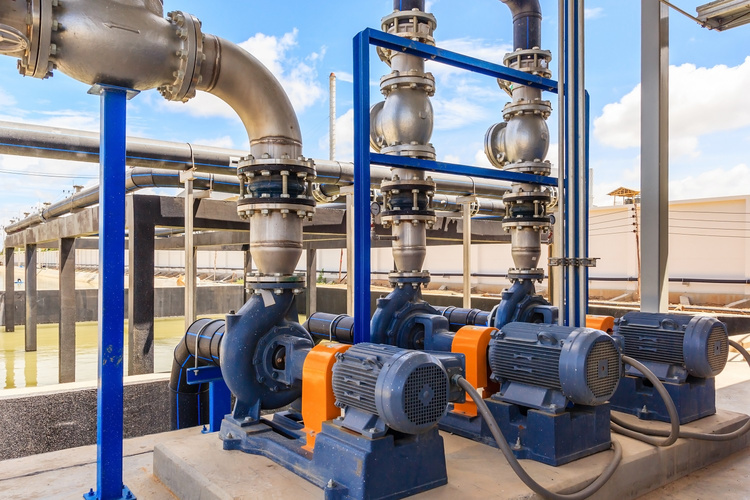
A water pump inverter is an inverter specifically designed to control and drive a water pump system. Its main function is to convert the output of a DC power source (e.g., solar panel, DC generator, etc.) into AC power and control the operation of an electric water pump with appropriate control algorithms. The water pump inverter maintains a constant and stable pressure in the water system by varying the speed of the pump motor to provide the same preset pressure at the outlet, regardless of the number of outlets or devices used, up to the maximum capacity pump. The ability to regulate pump speed, adapt to changing demands, and prevent potential hazards make inverter controllers an indispensable component of intelligent pumping systems.
Main advantages of water pump inverters
Reducing the speed of the inverter (saving energy and cost), the water pump inverter can flexibly adjust the running speed and power output of the pump according to the actual demand, realizing the optimal energy utilization efficiency. Particularly in the case of unstable energy drives such as solar or wind, the pump inverter can achieve maximum power point tracking (MPPT) to ensure maximum utilization of renewable energy. If you can reduce the pump speed by 20%, you can realize energy savings of up to 50%.
As the pump inverter can adjust the running speed and power output of the pump according to the actual demand, it can reduce energy waste and energy consumption, thus achieving energy saving and emission reduction, which is conducive to environmental protection.
Compared with the traditional direct-drive pump system, the pump inverter usually has a simpler structure and fewer moving parts, which reduces maintenance and upkeep costs, and lowers the system failure rate and repair frequency.
The inverter has a built-in PID controller that can be used to maintain set field variables. For example, pressure, flow, level, etc. The inverter will then be used to automatically regulate the speed of the motor, making the pumping system run more stably, avoiding the shocks and pressure fluctuations associated with conventional motors when starting and stopping, and extending the life of the pumping equipment.
Water pump inverters also typically include a number of protection features, such as overcurrent protection, overvoltage protection, and undervoltage protection, to ensure that the pumping system can operate safely and reliably under a variety of abnormal conditions.
Pump inverter controllers revolutionize the pumping industry with a range of benefits that improve energy efficiency, extend pump life, provide dynamic flow control and enhance system safety. The ability to regulate pump speeds, adapt to changing demands and prevent potential hazards makes inverter controllers an indispensable component of intelligent pumping systems. By investing in pump inverter controllers, individuals and organizations can achieve significant energy savings, reduce operating costs and contribute to a sustainable future.
Water pump inverters are widely used in solar photovoltaic pumping systems, wind energy pumping systems, and other renewable energy-driven pumping systems, where they can effectively utilize renewable energy resources to achieve intelligent control and efficient operation of the pumping system.
